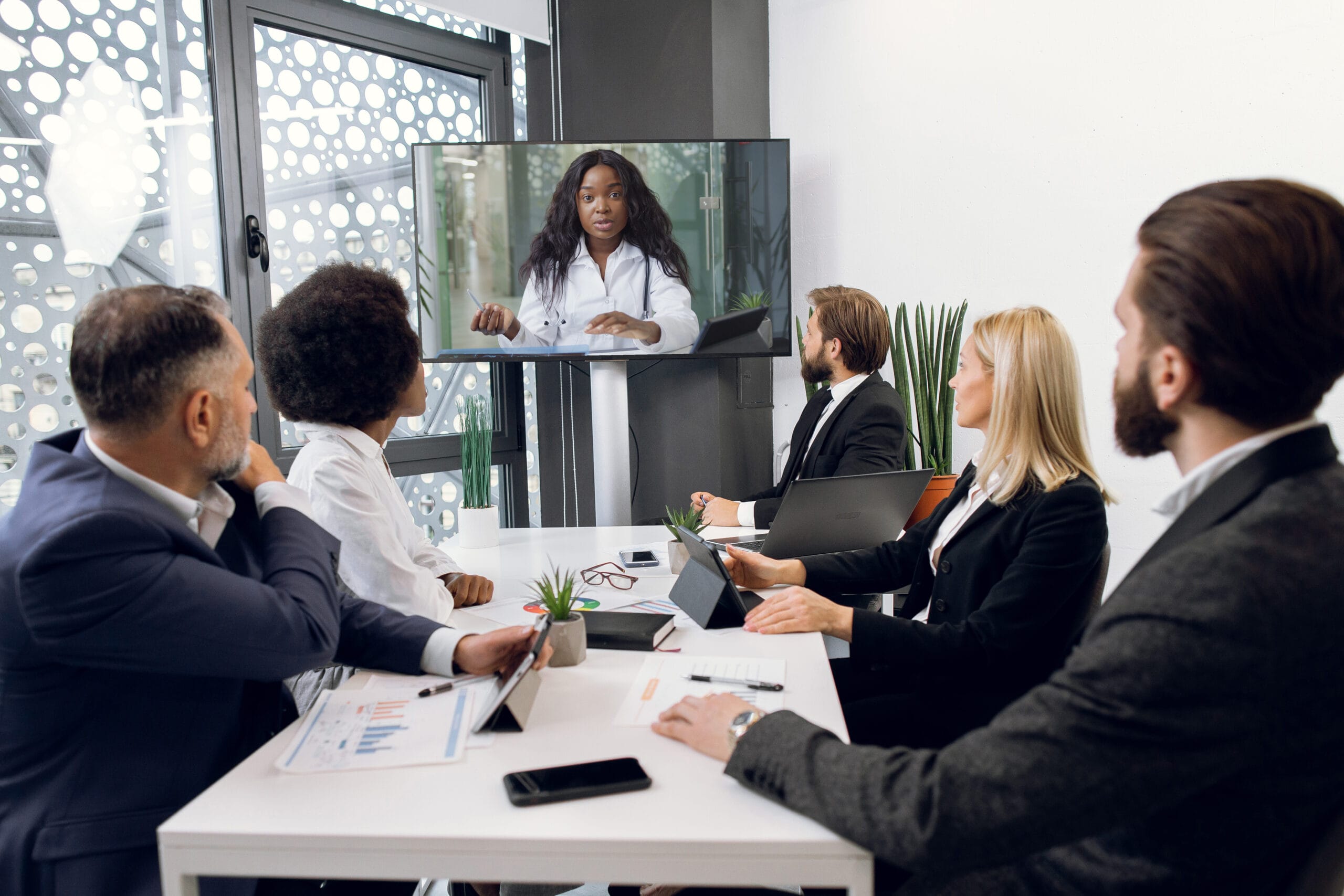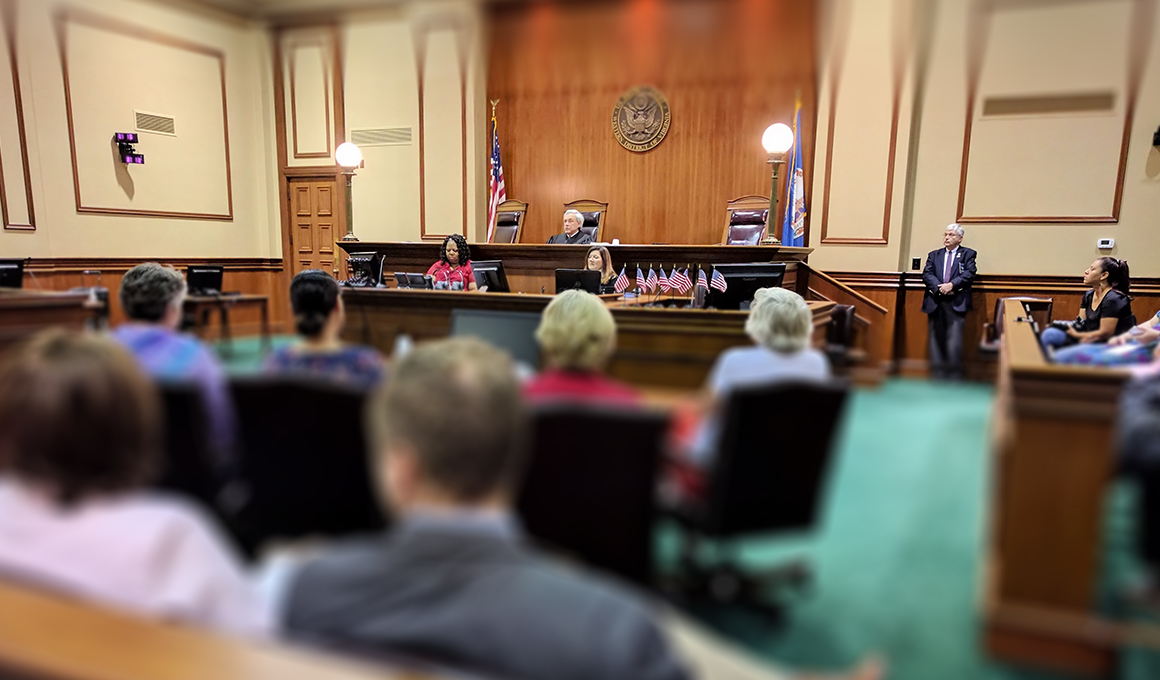Trial Presentation Dependable Solutions for Organizing and Presenting Evidence
Raise Your Lawful Game: Proven Strategies for Impactful Test Presentations
In the competitive sector of test law, the capability to provide a compelling case can considerably affect outcomes. By understanding the intricacies of your audience and using critical strategies, you have the prospective to transform your court approach. From crafting a story that reverberates on a personal degree to leveraging visual help that make clear complex disagreements, each component plays a critical duty in engaging jurors. Nonetheless, the subtleties of body language and the value of rigorous technique can not be forgotten. What techniques will you carry out to guarantee your next test discussion leaves a lasting influence?
Recognizing Your Target Market

Understanding your target market is crucial for providing an efficient test discussion. A detailed understanding of jurors' demographics, backgrounds, and mindsets can significantly influence just how your debates are gotten. Customizing your presentation to resonate with their experiences and perspectives cultivates engagement and understanding, therefore enhancing the convincing impact of your situation.
Begin by examining possible predispositions that might influence jurors' perceptions. This can be completed with jury choice procedures, where insights right into jurors' values, ideas, and prior experiences can notify your strategy - trial presentation. Furthermore, think about the emotional facets of decision-making; jurors are usually affected by emotions, social dynamics, and team habits. Identifying these variables enables you to frame your arguments in a fashion that lines up with the cumulative mindset of the jury.
Moreover, effective interaction is critical. Utilize clear language and relatable instances to elucidate complex lawful principles. Engaging visuals, when ideal, can additionally help in retention and understanding. Ultimately, recognizing your target market allows you to craft a presentation that not only educates but likewise encourages, thereby boosting the likelihood of a positive verdict.
Crafting a Compelling Story
Crafting an engaging narrative is necessary for mesmerizing a court's focus and efficiently sharing the significance of your instance. A well-structured narrative weaves with each other realities, feelings, and themes that reverberate with jurors on both intellectual and psychological degrees. Begin by identifying the core message you desire to interact, and guarantee that every element of your discussion sustains this central theme.
Make use of storytelling techniques to humanize your customer and the scenarios bordering the situation. Present relatable characters, create stress, and provide a clear problem that needs resolution. This technique not only engages jurors but additionally facilitates their understanding of intricate lawful issues by mounting them within a relatable context.
Additionally, concentrate on quality and comprehensibility throughout your story. Usage straightforward language and stay clear of lawful jargon that might estrange jurors. Transition smoothly between factors to preserve a sensible circulation, permitting jurors to follow your debate effortlessly. moved here Ultimately, conclude with a strong, memorable statement that reinforces your story and leaves an enduring impact, urging jurors to advocate for your client's cause. By grasping the art of story, you can dramatically improve the persuasiveness of your trial discussion.
Using Visual Aids Efficiently
Visual help function as powerful tools in trial discussions, improving the jurors' comprehension and retention of important information. Efficient visual help can streamline intricate data, illustrate relationships, and stress bottom lines, making them invaluable in lawful contexts.
When choosing aesthetic aids, consider the clearness and significance of each item. Graphes, charts, and infographics can boil down extensive details into absorbable formats, allowing jurors to comprehend vital facts promptly. Photos and video clips can evoke psychological actions, developing a much more extensive connection to the situation story.
It is critical to ensure that visual help are skillfully designed and quickly understandable. Avoid cluttered slides or extremely elaborate graphics that may confuse instead than clarify. A constant style, consisting of font option and shade scheme, can improve the general impact and professionalism and trust of the discussion.
Incorporating visual help needs critical timing; present them at zero hours to reinforce your disagreements. In addition, practice transitioning between spoken explanations and aesthetic material perfectly to maintain interaction. Eventually, when utilized efficiently, visual help can considerably boost your trial discussion, making your arguments a lot more influential and remarkable to jurors.

Grasping Body Movement
Effective body language can substantially influence the end result of a trial presentation. Jurors and judges are typically unconsciously influenced by non-verbal cues, which can either strengthen or undermine the reputation of this the speaker. Understanding body movement includes comprehending the nuances of stance, gestures, face expressions, and eye contact.
Taking on an open stance can communicate confidence and approachability, while closed poses might suggest defensiveness or unpredictability. Gestures should be deliberate and lined up with the spoken message, offering to highlight bottom lines rather than sidetrack from them. Making use of hand movements to highlight a concept can improve understanding and retention.
Facial expressions play an essential role in connecting emotions and objectives - trial presentation. An honest smile or a furrowed brow can convey empathy or worry, specifically, affecting just how the audience perceives the instance. In addition, keeping proper eye contact develops a connection with jurors and demonstrates genuineness
Exercising for Perfection
Understanding body language is just one part of delivering an effective trial presentation; rigorous method is just as vital for ensuring that every element of the efficiency straightens flawlessly. Efficient practice allows lawyers to refine their debates, anticipate counterarguments, and establish actions that are both compelling and concise.
To attain perfection, test legal representatives need to take part in deliberate practice session sessions, preferably before peers or advisors that can give useful comments. This method not just boosts spoken shipment yet likewise constructs self-confidence in taking care of unanticipated court room dynamics. Recording session can use indispensable insights right into pacing, tone, and body language, making it possible for attorneys to anonymous make required adjustments.
Furthermore, replicating court conditions-- complete with time restrictions and prospective interruptions-- can assist attorneys acclimate to the actual trial environment. This practice ensures that every aspect, from opening declarations to closing arguments, is delivered with precision and authority.

Final Thought
Including proven techniques for impactful trial presentations substantially enhances the performance of legal disagreements. A deep understanding of the audience, coupled with a compelling story and efficient aesthetic aids, fosters engagement and persuasion. Furthermore, grasping body movement and strenuous method add to a clear and certain shipment. By incorporating these aspects, lawful experts can create remarkable courtroom experiences that resonate with jurors, eventually influencing their decision-making procedures and boosting case outcomes.